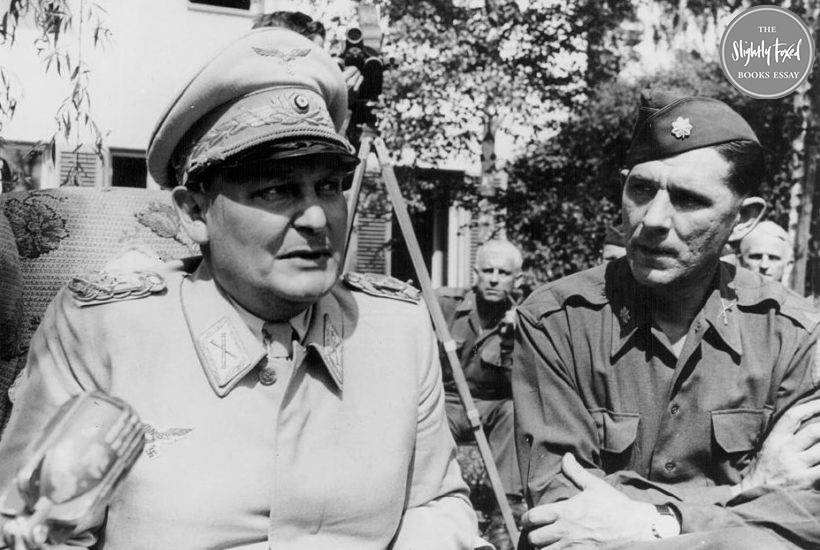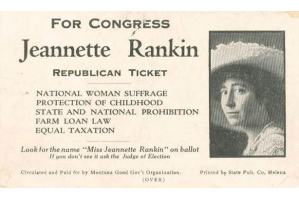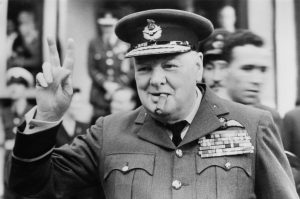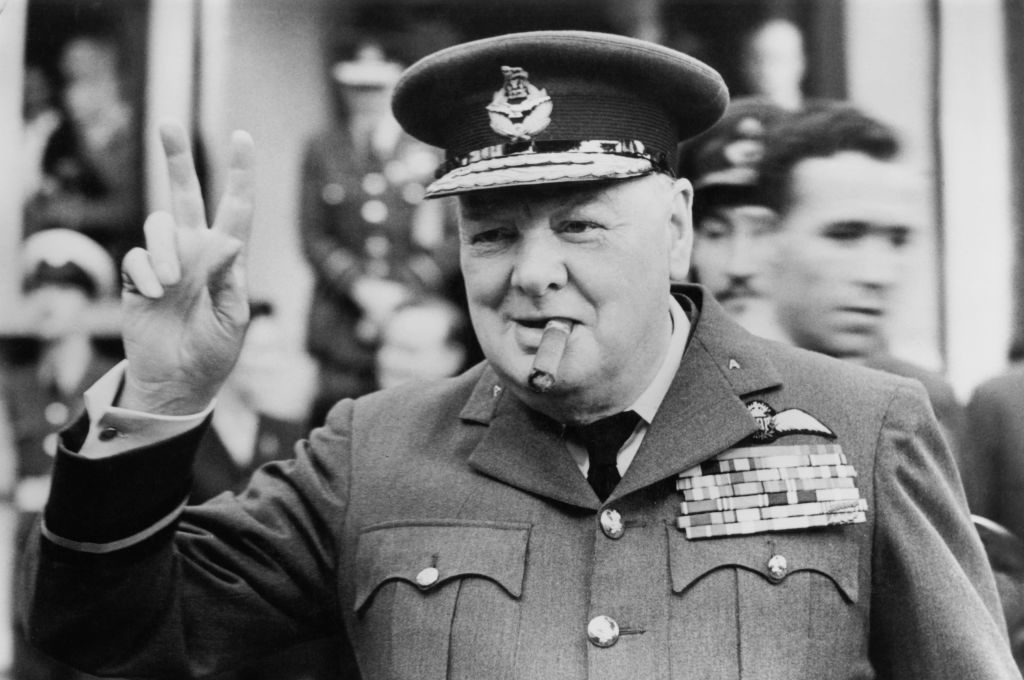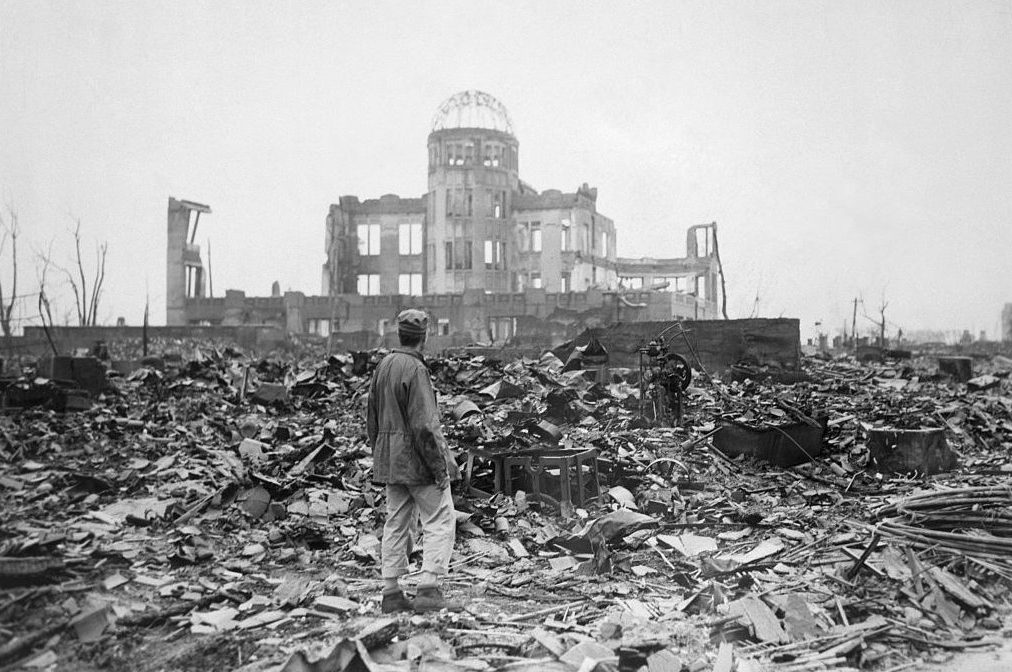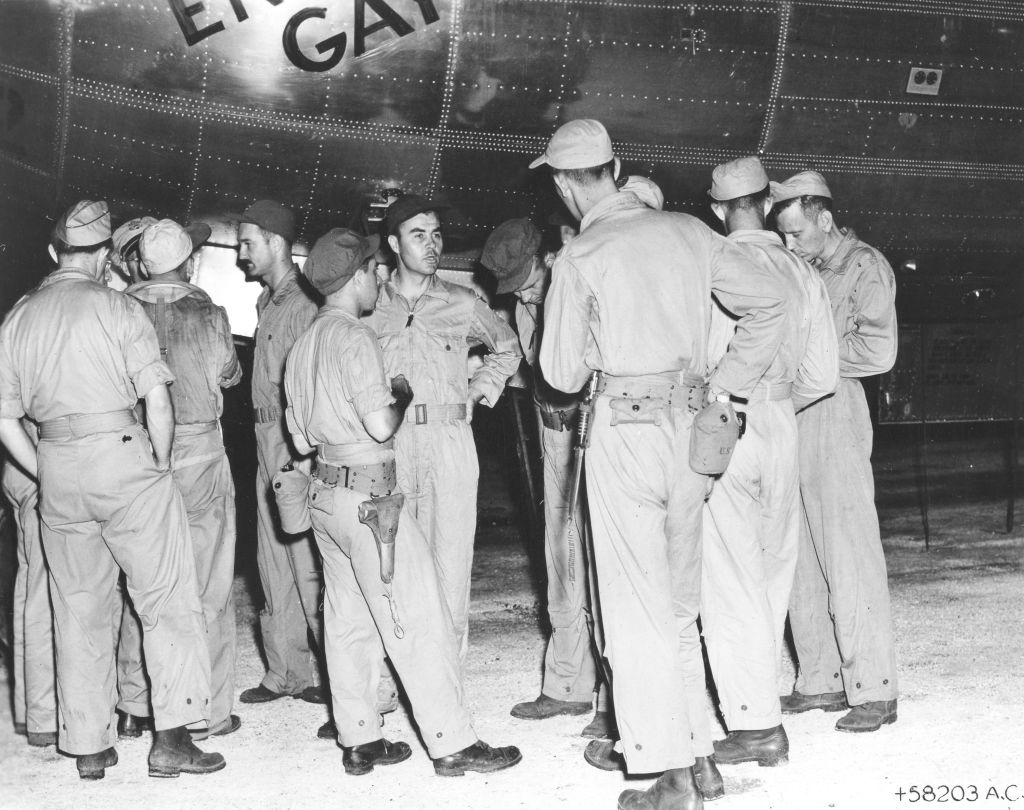I cannot now remember when I first read Hugh Trevor-Roper’s The Last Days of Hitler (1947). My memory is confused by the fact that I knew the author in old age and was to become his biographer; Trevor-Roper himself told me about the extraordinary circumstances in which he had come to write the book. In September 1945 he had been awaiting discharge from the army so that he could resume his pre-war role as an Oxford don, when he was asked to undertake an urgent investigation into the fate of the Führer.
This was then a mystery. In January, as the Allied armies invaded Germany, Hitler had retreated to an underground bunker below the Reich Chancellery in Berlin, to escape Allied bombing; his last months would be spent in these eighteen small and windowless rooms. Towards the end, as the Russians moved ever closer, he would emerge only for a short stroll in the garden with his beloved Alsatian dog, until shelling made even this too dangerous. His subordinates had pleaded with him to leave Berlin while this was still possible, but he had chosen to stay. One of his final acts was to marry his devoted companion, Eva Braun. On May 1 his successor, Grand Admiral Dönitz, had announced in a solemn broadcast to the German people that the Führer had died fighting at the head of his troops. But Dönitz was far away in Schleswig-Holstein, and knew no more of what had happened to Hitler than he had been told in curt telegrams from the bunker.
In the months following the German surrender in May, rumors spread that Hitler was still alive. He had escaped from besieged Berlin and was living on a mist-enshrouded island in the Baltic; in a Rhineland rock fortress; in a Spanish monastery; on a South American ranch; he had been spotted living rough among the bandits of Albania. A Swiss journalist made a deposition to testify that, to her certain knowledge, Hitler was living with Eva Braun on an estate in Bavaria. The Soviet news agency Tass reported that Hitler had been spotted in Dublin, disguised in women’s clothing (perhaps his mustache had betrayed his identity). If anyone was in a position to know what had happened to him, it was the Russians, who had taken Berlin. But Stalin said that Hitler had escaped; and in the Soviet Union, what Stalin said outweighed evidence to the contrary.
The myth of Hitler remained potent. He had captured the imagination of the German people; so long as the possibility existed that he might still be alive, the stability and security of the occupied zones could not be guaranteed. This man had been responsible for the most destructive war in the history of the world, causing the deaths of tens of millions; the slightest chance that Hitler might return, as Napoleon had done, was too terrible to contemplate. The ghost haunting Europe had to be laid to rest. The uncertainty about Hitler’s fate was poisoning the fragile relations between the victorious Allies. The Russians were now accusing the British of secretly harboring him.
Trevor-Roper was entrusted with the hunt for Hitler. During the war he had shown himself to be an exceptionally able and determined intelligence officer. Now, though still only 31, he was given the authority of a major-general to undertake his inquiry, pursuing the evidence wherever it led. It was an extraordinary experience for a young historian, to be licensed to explore the ruins of a collapsed empire while the embers were still smoking. He would spend much of the next few weeks driving by jeep along empty German roads to interrogate potential witnesses. Sometimes he was driven by a young soldier, though often he was completely alone. At an early stage in his investigation he flew to Berlin to examine the bunker, now derelict and half-flooded, carelessly guarded by Russian soldiers.
The only conclusive proof that Hitler was dead would be the discovery and identification of his corpse. In the absence of a body, Trevor-Roper sought out those who had been with the Führer in the bunker at the end. Trevor-Roper was aware that his witnesses were fallible, especially when recalling events that had taken place five months earlier. They were particularly unreliable on dates; ‘they could not possibly be otherwise, living as they did, perpetually underground, not distinguishing night from day, in circumstances of siege and bombardment’. He therefore relied on external sources to establish when events had taken place. He was a skillful and experienced interrogator, alert to inconsistencies and quick to detect when he was not being told the truth. By identifying and tracing a sufficient number of key witnesses, and confining his questioning to the essential facts, Trevor-Roper speedily accumulated enough evidence to establish an accurate narrative of Hitler’s last weeks.
By early November Trevor-Roper was able to submit his report, ‘The Death of Hitler’, to the Quadripartite Intelligence Committee in Berlin. It concluded that Hitler had shot Eva Braun and then committed suicide by shooting himself on April 30 1945, and that their bodies had subsequently been burnt. Goebbels had committed suicide the next day. Trevor-Roper was satisfied that the witnesses whom he had located and interrogated could not have combined to concoct a story robust enough to have withstood his questioning. ‘The evidence from the sources at present available is entirely consistent in all material points, and this consistency is noteworthy since the groups of witnesses are quite independent of each other.’ Trevor-Roper disposed crisply of alternative accounts of Hitler’s fate. ‘Other versions have been circulating suggesting that Hitler is not dead at all. These have been examined and found to rest on no valid evidence whatsoever.’
The report was enough to scotch the myth that Hitler had survived. But, as Trevor-Roper recognized, the subject provided an opportunity to write a book that would become a classic. Most works of contemporary history are quickly superseded as new evidence becomes available, but in this case the circumstances were exceptional, even unique.
‘The theater in which the action took place was closed; the actors were few and known; there were no seats for the public or the press; no reviews; no bulletins. The primary documents were few, and these were in my hands. Theoretically therefore the story could be told without fear of later correction.’
Time has shown this theory to be correct. Trevor-Roper’s The Last Days of Hitler remains in print, more than 70 years after its first publication; and though others have written on this subject subsequently, no one has significantly altered the picture first drawn by him.
The dramatic possibilities of a study of the last months of the Third Reich had occurred to Trevor-Roper the previous summer, when his interrogation of a captured German general had provided barely credible details of that disintegrating regime in all its exotic strangeness. Hess would only eat vegetables planted at full moon; Hitler was an insomniac, prone to such wild attacks of rage that he was known as Teppich-beisser, carpet-biter; at times he would lie on the floor and snap like a dog. Best of all was Göring, who now dressed completely in white silk: on his head he wore St Hubert’s stag, with a swastika of gleaming pearls set between the antlers.
Trevor-Roper’s subsequent inquiry into Hitler’s fate had further fired his imagination. Stumbling down the dark steps and wading through the flooded passages and noisome, cell-like rooms of Hitler’s bunker, he had been overwhelmed by a sense of terrible irony. An all-powerful tyrant, whose bullying had made ambassadors tremble, and whose oratory had electrified vast crowds at mass rallies, had passed his last weeks hiding underground in this squalid burrow, ranting to a dwindling entourage, and giving orders for the disposition of armies that had ceased to exist.
As he fingered the sodden, disintegrating papers that the Russians had unaccountably left undisturbed, Trevor-Roper identified the megalomaniac architectural plans that Hitler and Goebbels had studied together, while overhead the Russian shells rained down on their ruined capital, and the ground shook under the impact of their detonation.
‘And yet, however circumscribed, however insulated from reality, from the great events around it, the action in the bunker was somehow not trivial or parochial or irrelevant, for it symbolized and shadowed the greater drama outside: the drama of not a few days but of a whole generation.’
The last days in this small shelter encapsulated ‘the last convulsions of a European agony’. The Thousand-Year Reich had crumbled in a mere decade.
‘How could I fail to reflect on this nemesis of a pernicious ideology and the stupefying insolence of absolute power? What historian could fail to respond to such a challenge, such an opportunity? As for presentation, the situation itself was so dramatic, so bizarre, that it needed no rhetoric: it merely had to be set out.’



